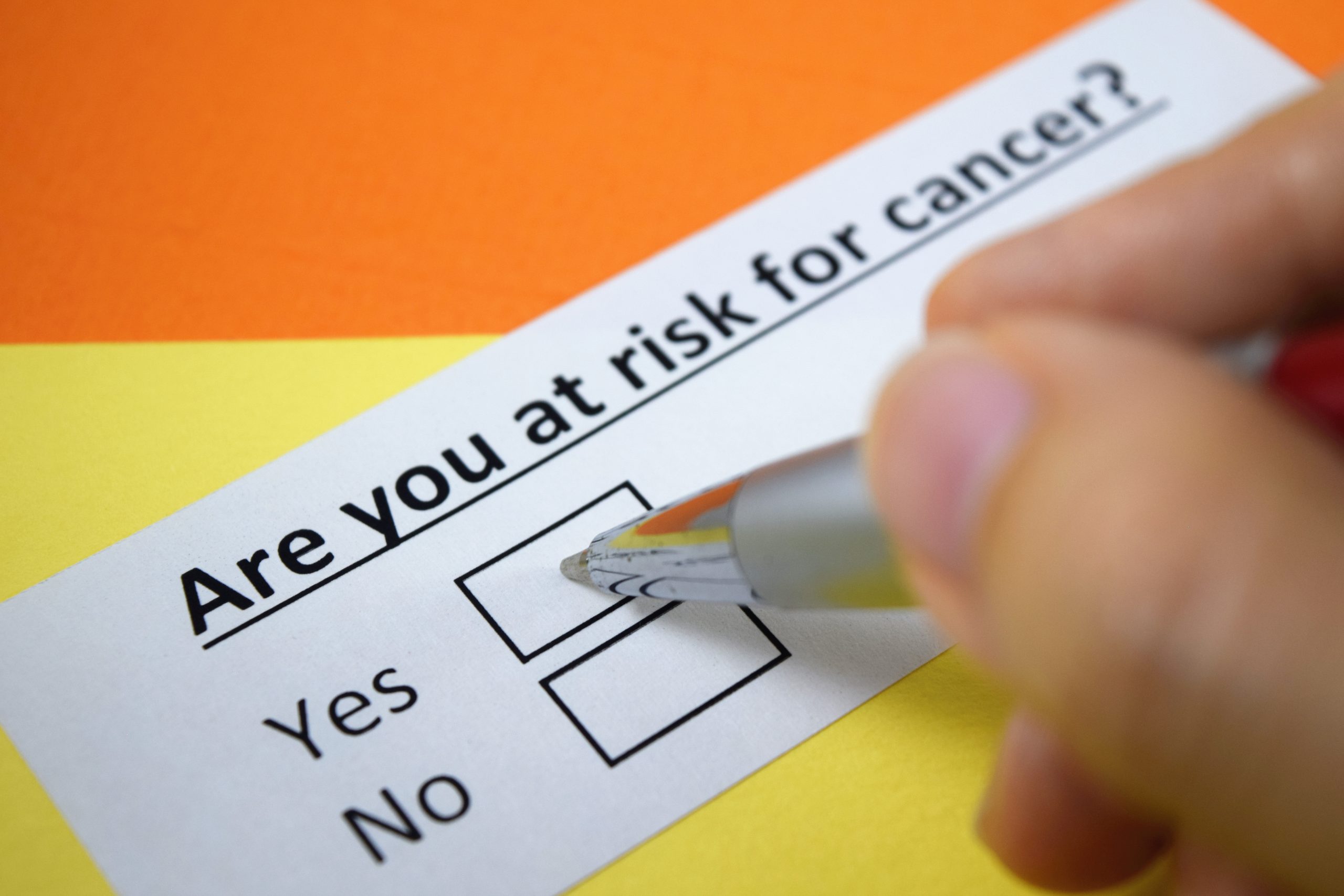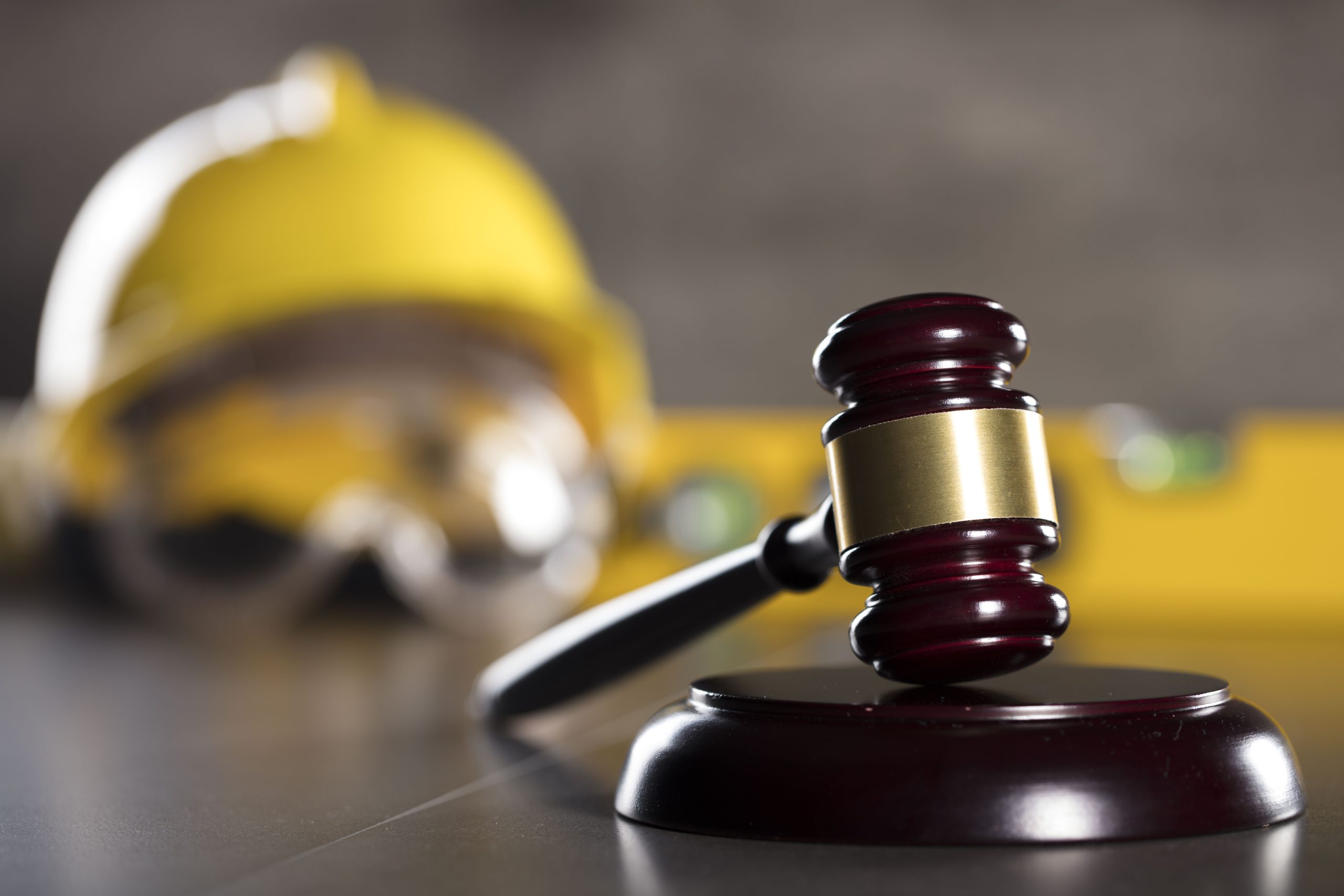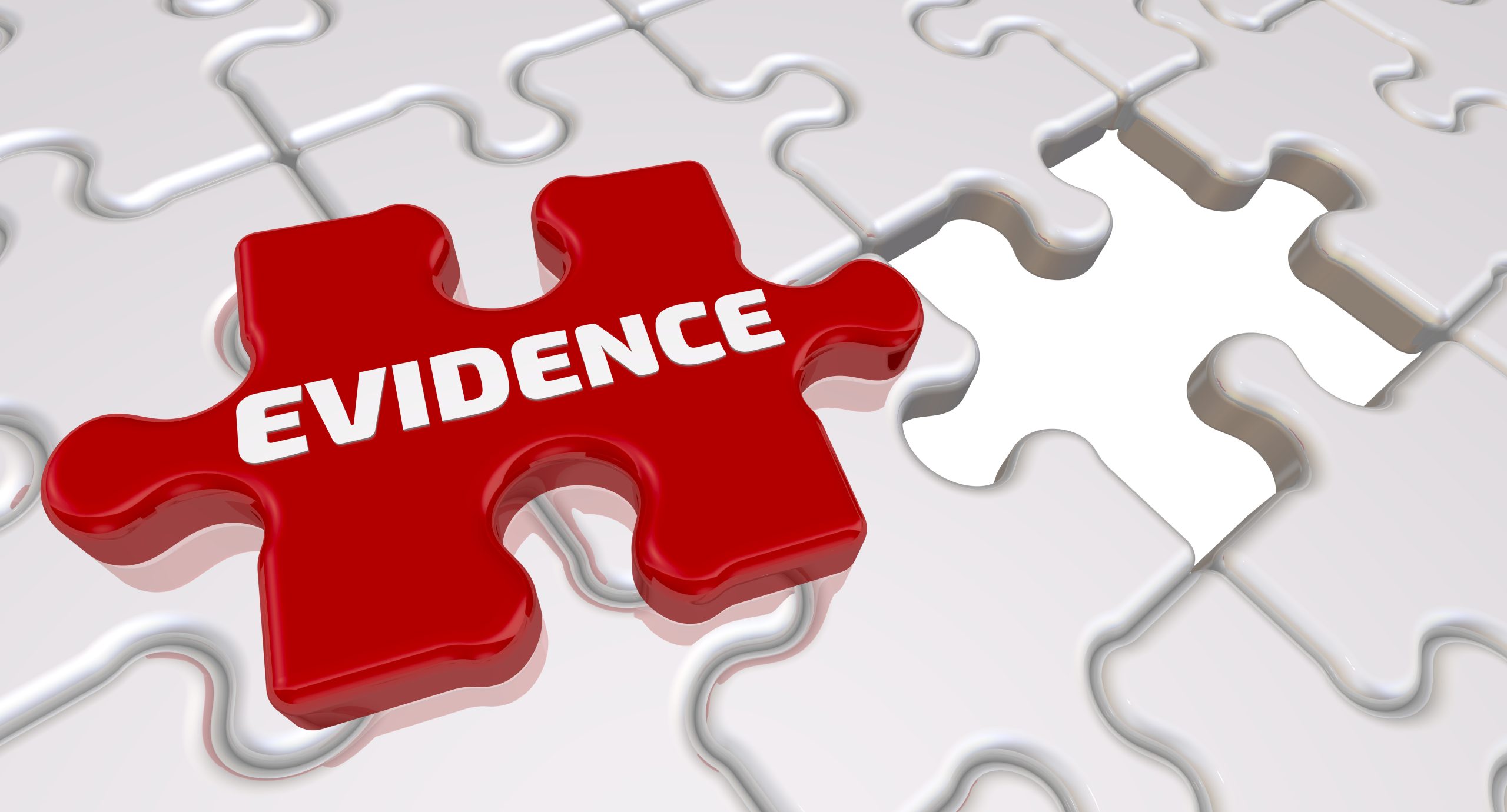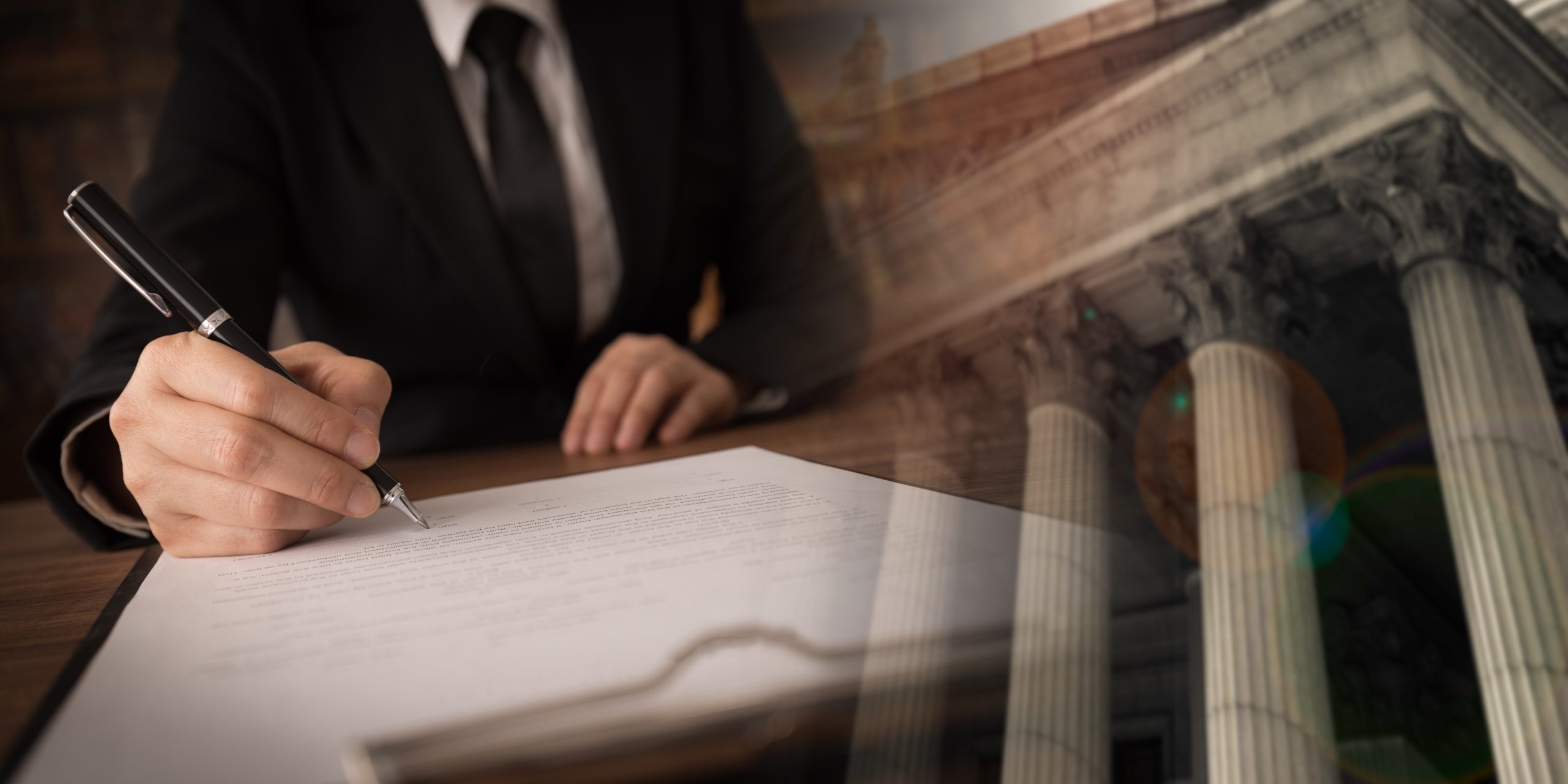 In 1978, Glaxo Laboratories developed a molecule called ranitidine, which could treat heartburn. Soon after the U.S. Food and Drug Administration (FDA) approved the drug under the brand name Zantac, ranitidine rapidly became the world’s top-selling prescription medication. From the beginning to the end, Glaxo was warned by independent investigators and scientists about Zantac’s potential cancer risks. Glaxo failed to share critical evaluations of the drug with the FDA and endorsed erroneous research intended to minimize safety concerns. The company launched an aggressive marketing campaign to promote Zantac as more effective, more convenient, and safer than the alternative drug Tagamet. With Americans already spending roughly a billion dollars annually for heartburn relief, Glaxo introduced a 75mg over-the-counter Zantac pill.
In 1978, Glaxo Laboratories developed a molecule called ranitidine, which could treat heartburn. Soon after the U.S. Food and Drug Administration (FDA) approved the drug under the brand name Zantac, ranitidine rapidly became the world’s top-selling prescription medication. From the beginning to the end, Glaxo was warned by independent investigators and scientists about Zantac’s potential cancer risks. Glaxo failed to share critical evaluations of the drug with the FDA and endorsed erroneous research intended to minimize safety concerns. The company launched an aggressive marketing campaign to promote Zantac as more effective, more convenient, and safer than the alternative drug Tagamet. With Americans already spending roughly a billion dollars annually for heartburn relief, Glaxo introduced a 75mg over-the-counter Zantac pill.
While considerable evidence and suspicions indicated Zantac’s cancer-causing properties, documents show Glaxo ignored the warnings. Connected to cancer as early as 1956, NDMA belongs to a group of chemicals called nitrosamines, which have caused cancer in every species of animal tested. A prominent pharmaceutical analyst suggested that under certain conditions in the stomach, a chemical reaction could turn ranitidine into NDMA. However, Glaxo’s board never requested any studies to determine if ranitidine could form into nitrosamine. Even after several independent studies revealed ranitidine resulted in toxic and mutagenic effects, Glaxo still tried to convince everyone of the safety of their drug. In 1982, despite the company’s scientist Richard Tanner finding up to 232,000 nanograms of NDMA in Zantac, court documents show that Glaxo kept this study a secret.
In 2019, Valisure, a private lab, sent the FDA a document regarding Zantac’s extremely high levels of NDMA. After finding NDMA in every version of ranitidine it analyzed, the lab determined the problem inherently existed with the molecule itself. Although consuming minuscule amounts of the carcinogen is not believed to be harmful, lab tests uncovered excessive amounts of NDMA in ranitidine. It takes less than a milligram of NDMA to mutate mice cells, and 2 grams is enough to kill a person. Consequently, the FDA forced all versions of the drug off the market in 2020. However, the FDA maintained that there were no consistent signals that the drug increased cancer risks. Critics believe the FDA’s stance was an attempt to absolve the agency of wrongdoing.
 Local municipalities, Erie County, and New York State have enacted various building codes and other standards to ensure public safety. These codes regulate the construction, repair, and maintenance of shopping malls, residential properties, and large office buildings. When building code violations and other property owner negligence occur, devastating personal injury accidents are bound to happen. Suppose you, or a loved one, were injured as a guest or visitor on someone else’s property. In that case, you may be entitled to pursue a premises liability lawsuit against the owner or other responsible party.
Local municipalities, Erie County, and New York State have enacted various building codes and other standards to ensure public safety. These codes regulate the construction, repair, and maintenance of shopping malls, residential properties, and large office buildings. When building code violations and other property owner negligence occur, devastating personal injury accidents are bound to happen. Suppose you, or a loved one, were injured as a guest or visitor on someone else’s property. In that case, you may be entitled to pursue a premises liability lawsuit against the owner or other responsible party.  Buffalo Personal Injury Lawyer News
Buffalo Personal Injury Lawyer News












 Every motorist must have automobile insurance to drive in New York State legally. You must fully understand your insurance policy because your coverage will determine what compensation you may receive in the unfortunate event of a collision.
Every motorist must have automobile insurance to drive in New York State legally. You must fully understand your insurance policy because your coverage will determine what compensation you may receive in the unfortunate event of a collision.  Suppose that you were severely injured because of another’s carelessness or recklessness. You may wonder how much evidence you need to win your personal injury lawsuit. Under New York law, plaintiffs in personal injury cases have the burden of proof. In other words, for the defendant to be held legally responsible, you must prove that they were negligent. Considering that insurance adjusters and jury members were not at the accident scene, your lawyer must use evidence to demonstrate your version of events. The outcome of your case will be highly contingent upon the quality of evidence you can provide. The more evidence your attorney has to substantiate the case, the higher your chances are of reaching a reasonable settlement or winning in court.
Suppose that you were severely injured because of another’s carelessness or recklessness. You may wonder how much evidence you need to win your personal injury lawsuit. Under New York law, plaintiffs in personal injury cases have the burden of proof. In other words, for the defendant to be held legally responsible, you must prove that they were negligent. Considering that insurance adjusters and jury members were not at the accident scene, your lawyer must use evidence to demonstrate your version of events. The outcome of your case will be highly contingent upon the quality of evidence you can provide. The more evidence your attorney has to substantiate the case, the higher your chances are of reaching a reasonable settlement or winning in court.  After suffering devastating injuries in any type of accident, you are likely feeling helpless and overwhelmed. If another’s carelessness or irresponsibility caused your injuries, you might be eligible to pursue a personal injury lawsuit. The Dietrich Legal Team’s veteran litigators realize that the litigation process may seem both complex and intimidating. Our lawyers believe that by helping you better understand the legal process, we can eliminate most of your stress and uncertainty.
After suffering devastating injuries in any type of accident, you are likely feeling helpless and overwhelmed. If another’s carelessness or irresponsibility caused your injuries, you might be eligible to pursue a personal injury lawsuit. The Dietrich Legal Team’s veteran litigators realize that the litigation process may seem both complex and intimidating. Our lawyers believe that by helping you better understand the legal process, we can eliminate most of your stress and uncertainty.  Whiplash is an injury to the neck that a violent, swift back-and-forth neck movement can cause. The neck is a highly vulnerable body part, which is left unprotected and unrestrained even when wearing a seatbelt. A car crash victim’s neck can be forcefully jerked or jolted back and forth. Consequently, whiplash is one of the most prevalent injuries suffered in collisions, especially by rear-enders. Whiplash injuries commonly result from slip and fall accidents, physical abuse, and sports mishaps. While most whiplash victims tend to recover within a few weeks of a treatment regime, some victims continue having chronic pain and other persistent complications.
Whiplash is an injury to the neck that a violent, swift back-and-forth neck movement can cause. The neck is a highly vulnerable body part, which is left unprotected and unrestrained even when wearing a seatbelt. A car crash victim’s neck can be forcefully jerked or jolted back and forth. Consequently, whiplash is one of the most prevalent injuries suffered in collisions, especially by rear-enders. Whiplash injuries commonly result from slip and fall accidents, physical abuse, and sports mishaps. While most whiplash victims tend to recover within a few weeks of a treatment regime, some victims continue having chronic pain and other persistent complications.  Employers are typically in charge of overseeing employees and other staff members. Employers have a legal duty to the public to supervise their workers sufficiently. When an employer fails to exercise appropriate supervision, that business can be held liable through a negligent supervision claim. An accident victim may be entitled to pursue a lawsuit against the company of an employee who caused their injuries. Consequently, multiple parties are often held legally responsible in accidents involving careless workers.
Employers are typically in charge of overseeing employees and other staff members. Employers have a legal duty to the public to supervise their workers sufficiently. When an employer fails to exercise appropriate supervision, that business can be held liable through a negligent supervision claim. An accident victim may be entitled to pursue a lawsuit against the company of an employee who caused their injuries. Consequently, multiple parties are often held legally responsible in accidents involving careless workers. Each year, over 10 million victims are treated in emergency departments nationwide for home-related injuries. Fortunately, almost every homeowner carries insurance, and many tenants maintain renter policies. This type of insurance shields residential property owners against personal liability when someone else suffers bodily harm or property damage in an accident caused by the homeowner’s negligence. While homeowner’s insurance is typically regarded as protection against property damage, these policies also provide crucial liability coverage for guests’ injuries.
Each year, over 10 million victims are treated in emergency departments nationwide for home-related injuries. Fortunately, almost every homeowner carries insurance, and many tenants maintain renter policies. This type of insurance shields residential property owners against personal liability when someone else suffers bodily harm or property damage in an accident caused by the homeowner’s negligence. While homeowner’s insurance is typically regarded as protection against property damage, these policies also provide crucial liability coverage for guests’ injuries.  Motorcycles are a fast and convenient way to get around. These vehicles provide riders with many great benefits, such as more accessible parking, maneuverability, better gas mileage, and the ability to reach destinations faster. Many motorcyclists enjoy the excitement of riding on country roads because of the breathtaking scenery and open-air freedom. Other bikers love the challenge of riding through city traffic while commuting to and from work. Whether you are considering getting your Class M Operator’s License or you are an avid rider, it is imperative to familiarize yourself with some of New York State’s applicable laws. The Dietrich Law Firm P.C.’s seasoned motorcycle accident injury attorneys have compiled some essential information below.
Motorcycles are a fast and convenient way to get around. These vehicles provide riders with many great benefits, such as more accessible parking, maneuverability, better gas mileage, and the ability to reach destinations faster. Many motorcyclists enjoy the excitement of riding on country roads because of the breathtaking scenery and open-air freedom. Other bikers love the challenge of riding through city traffic while commuting to and from work. Whether you are considering getting your Class M Operator’s License or you are an avid rider, it is imperative to familiarize yourself with some of New York State’s applicable laws. The Dietrich Law Firm P.C.’s seasoned motorcycle accident injury attorneys have compiled some essential information below. When you hire a personal injury attorney to litigate your accident case, knowing that you have certain rights as a client is crucial. Strict standards of ethical and professional responsibility bind personal injury lawyers. The relationship between an attorney and their client should be based on confidence and trust. At the Dietrich Law Firm P.C., our battle-tested litigators believe in building strong relationships with our clients. We take the attorney-client relationship exceptionally seriously and are dedicated to treating every client with the respect, consideration, and compassion they deserve.
When you hire a personal injury attorney to litigate your accident case, knowing that you have certain rights as a client is crucial. Strict standards of ethical and professional responsibility bind personal injury lawyers. The relationship between an attorney and their client should be based on confidence and trust. At the Dietrich Law Firm P.C., our battle-tested litigators believe in building strong relationships with our clients. We take the attorney-client relationship exceptionally seriously and are dedicated to treating every client with the respect, consideration, and compassion they deserve.  In 1978, Glaxo Laboratories developed a molecule called ranitidine, which could treat heartburn. Soon after the U.S. Food and Drug Administration (FDA) approved the drug under the brand name Zantac, ranitidine rapidly became the world’s top-selling prescription medication. From the beginning to the end, Glaxo was warned by independent investigators and scientists about Zantac’s potential cancer risks. Glaxo failed to share critical evaluations of the drug with the FDA and endorsed erroneous research intended to minimize safety concerns. The company launched an aggressive marketing campaign to promote Zantac as more effective, more convenient, and safer than the alternative drug Tagamet. With Americans already spending roughly a billion dollars annually for heartburn relief, Glaxo introduced a 75mg over-the-counter Zantac pill.
In 1978, Glaxo Laboratories developed a molecule called ranitidine, which could treat heartburn. Soon after the U.S. Food and Drug Administration (FDA) approved the drug under the brand name Zantac, ranitidine rapidly became the world’s top-selling prescription medication. From the beginning to the end, Glaxo was warned by independent investigators and scientists about Zantac’s potential cancer risks. Glaxo failed to share critical evaluations of the drug with the FDA and endorsed erroneous research intended to minimize safety concerns. The company launched an aggressive marketing campaign to promote Zantac as more effective, more convenient, and safer than the alternative drug Tagamet. With Americans already spending roughly a billion dollars annually for heartburn relief, Glaxo introduced a 75mg over-the-counter Zantac pill.